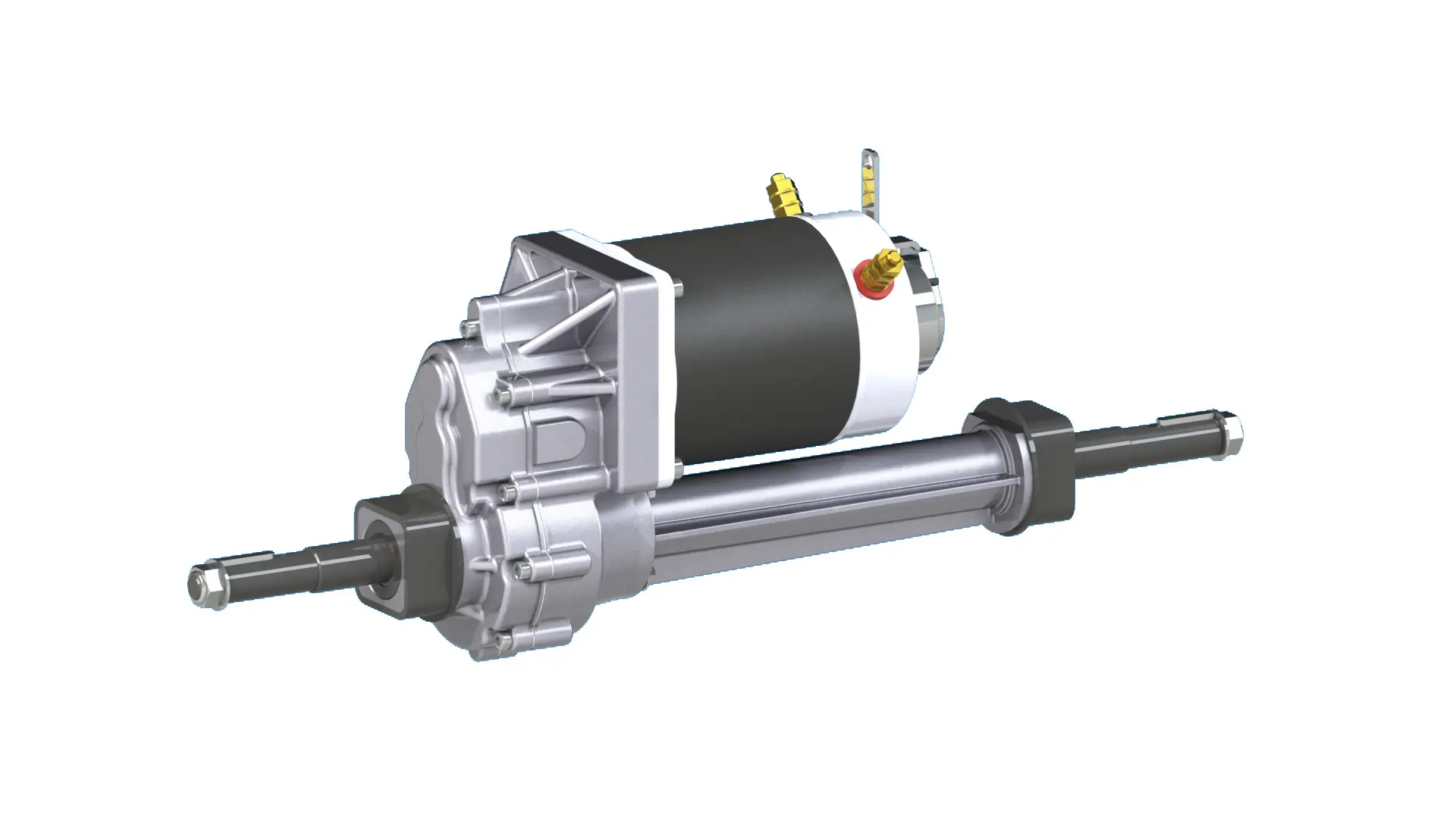How Does the Electric Transaxle Help with Traction on Slippery Surfaces?
In the realm of automotive engineering, the electric transaxle has emerged as a pivotal component in enhancing vehicle performance, particularly in challenging driving conditions such as slippery surfaces. The electric transaxle, a sophisticated integration of the transmission and axle components, offers several advantages that significantly improve traction and stability on wet, icy, or snowy roads. This article delves into the mechanisms and benefits of electric transaxles in such conditions, drawing on recent research and industry insights.
Understanding the Electric Transaxle
An electric transaxle is a compact unit that combines the functionality of the transmission and differential, optimizing space and reducing overall vehicle weight. This design not only enhances fuel efficiency but also improves the power-to-weight ratio, allowing for quicker acceleration and more agile handling. For electric vehicles (EVs), the transaxle plays a crucial role in distributing the electric motor’s instant torque to the wheels, ensuring smooth and controlled acceleration.
Traction Control Mechanisms
Instant Torque Delivery
Electric motors in EVs provide instant torque, which is a significant advantage over internal combustion engines that require time to build up torque. This immediate power delivery helps drivers maintain control on slippery surfaces, as the wheels can grip the road more effectively from the moment the accelerator is pressed.
Advanced Traction Control Systems
Modern electric vehicles are equipped with sophisticated electronic traction and stability control systems. These systems continuously monitor wheel speed and adjust power distribution to ensure optimal grip on slippery surfaces. By using sensors and algorithms, the electronic control unit (ECU) can detect wheel slip and automatically adjust the engine power or apply brakes to individual wheels to maintain stability and control.
Low Center of Gravity
The placement of heavy battery packs in EVs lowers the center of gravity, enhancing stability and reducing the likelihood of rollovers or loss of control on icy roads. This design feature, combined with the transaxle’s efficient power distribution, provides a significant advantage in maintaining traction and control.
Specific Features of Electric Transaxles
All-Wheel Drive (AWD) Systems
Many electric vehicles feature all-wheel drive (AWD) systems, which are particularly beneficial in snowy conditions. AWD ensures that power is sent to all four wheels, providing better traction and stability. Electric vehicles with dual motors (one for each axle) can deliver AWD, significantly improving performance on slippery surfaces.
Regenerative Braking
Regenerative braking is another feature that enhances traction on slippery surfaces. This system allows the vehicle to recover energy during braking and deceleration, converting it back into electrical energy to recharge the battery. It also provides a smoother braking experience, reducing the risk of wheel lockup and skidding.
Real-World Applications and Benefits
Improved Handling and Stability
In high-performance vehicles like the Porsche 911, the transaxle configuration helps balance the weight distribution, enhancing both speed and control. This is crucial for maintaining stability at high speeds and during sharp turns, especially on slippery surfaces.
Enhanced Safety and Confidence
The combination of instant torque, advanced traction control systems, and a low center of gravity provides drivers with increased confidence and safety in adverse weather conditions. Vehicles equipped with these features can navigate through snow, ice, and rain with greater ease, reducing the risk of accidents.
Cost and Maintenance
While the initial cost of a transaxle-equipped vehicle may be higher due to the advanced engineering and materials used, the long-term benefits often outweigh these initial investments. Enhanced performance, reduced maintenance costs, and improved safety make transaxle-equipped vehicles a worthwhile investment.
Conclusion
The electric transaxle is a game-changer in the automotive industry, particularly for electric vehicles. Its ability to deliver instant torque, combined with advanced traction control systems and a low center of gravity, significantly improves traction and stability on slippery surfaces. As the automotive industry continues to evolve, the innovation in transaxle technology will likely continue to grow, further optimizing efficiency and performance. For drivers in regions with challenging weather conditions, an electric vehicle equipped with a transaxle offers a reliable, safe, and efficient driving experience.
By leveraging the latest advancements in electric transaxle technology, the automotive industry is not only enhancing the driving experience but also setting new standards for safety and performance in all weather conditions.
Post time: Jan-17-2025


